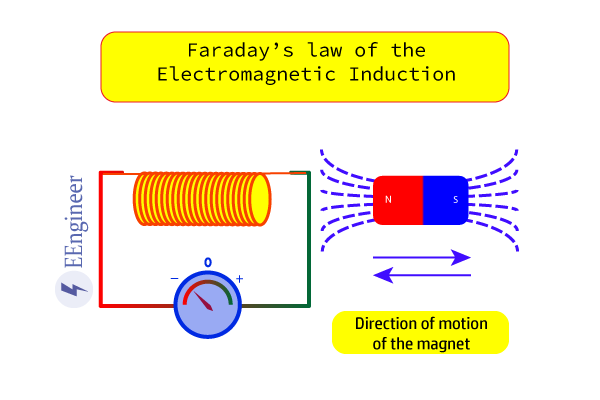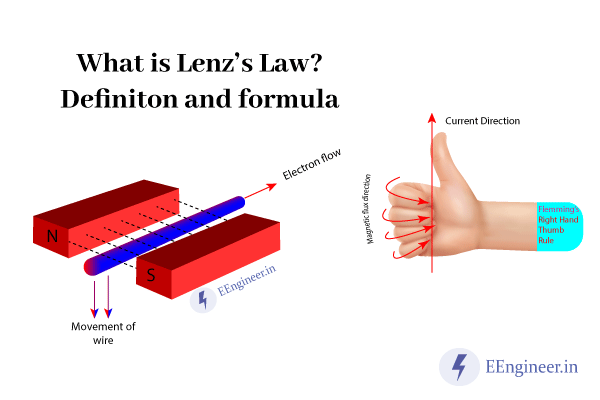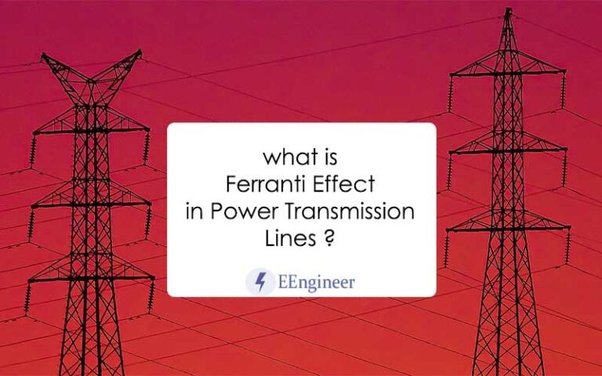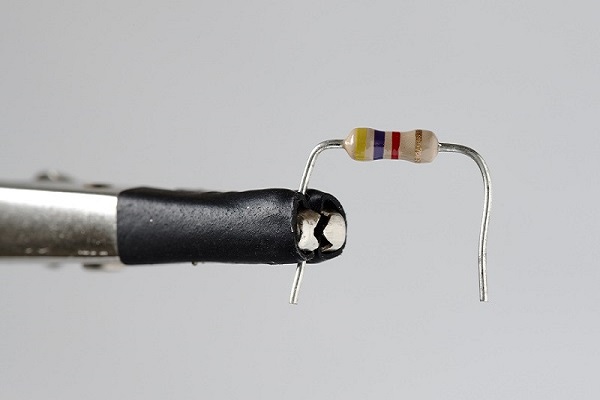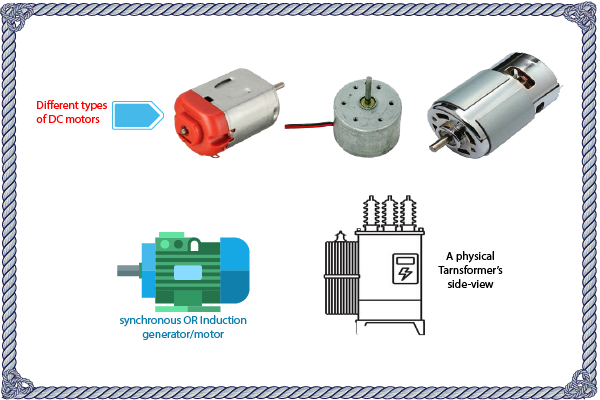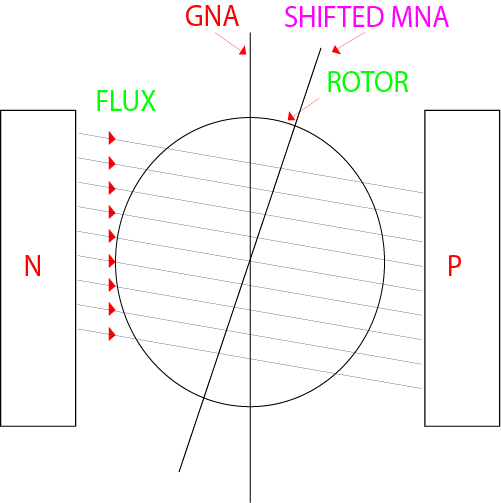Faraday’s law of EMI (Electromagnetic induction)
When a conductor cuts a magnetic field, a dynamically induced EMF (voltage) is produced in it. Also, magnitude of induced EMF is directly proportional to the rate of change of flux linkages. So this is called Faraday’s law of Electromagnetic Induction. Magnet stationery No current Induces Magnet moving Current Induces The formula for Faraday’s law of … Read more
